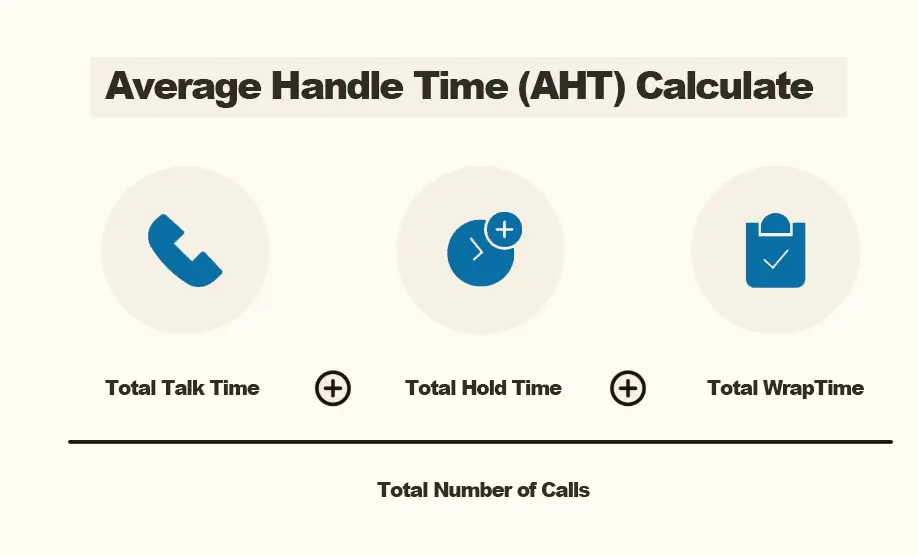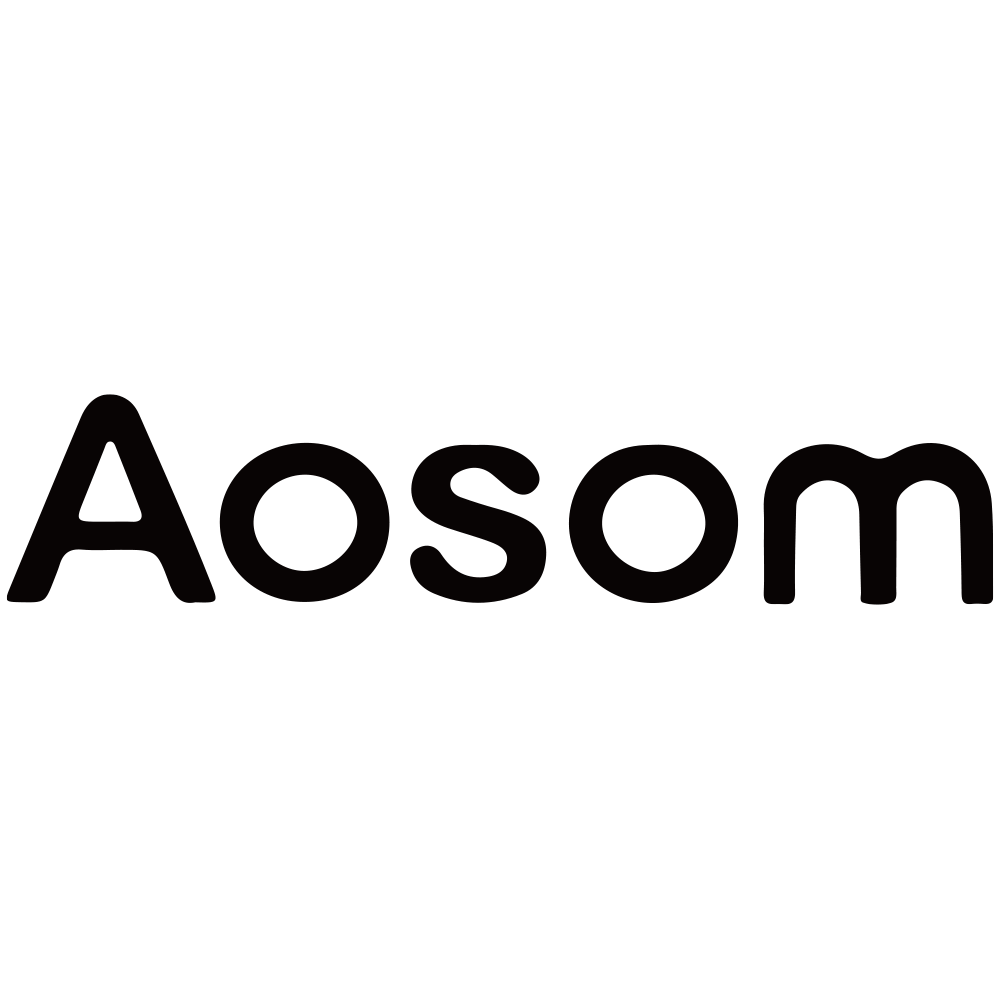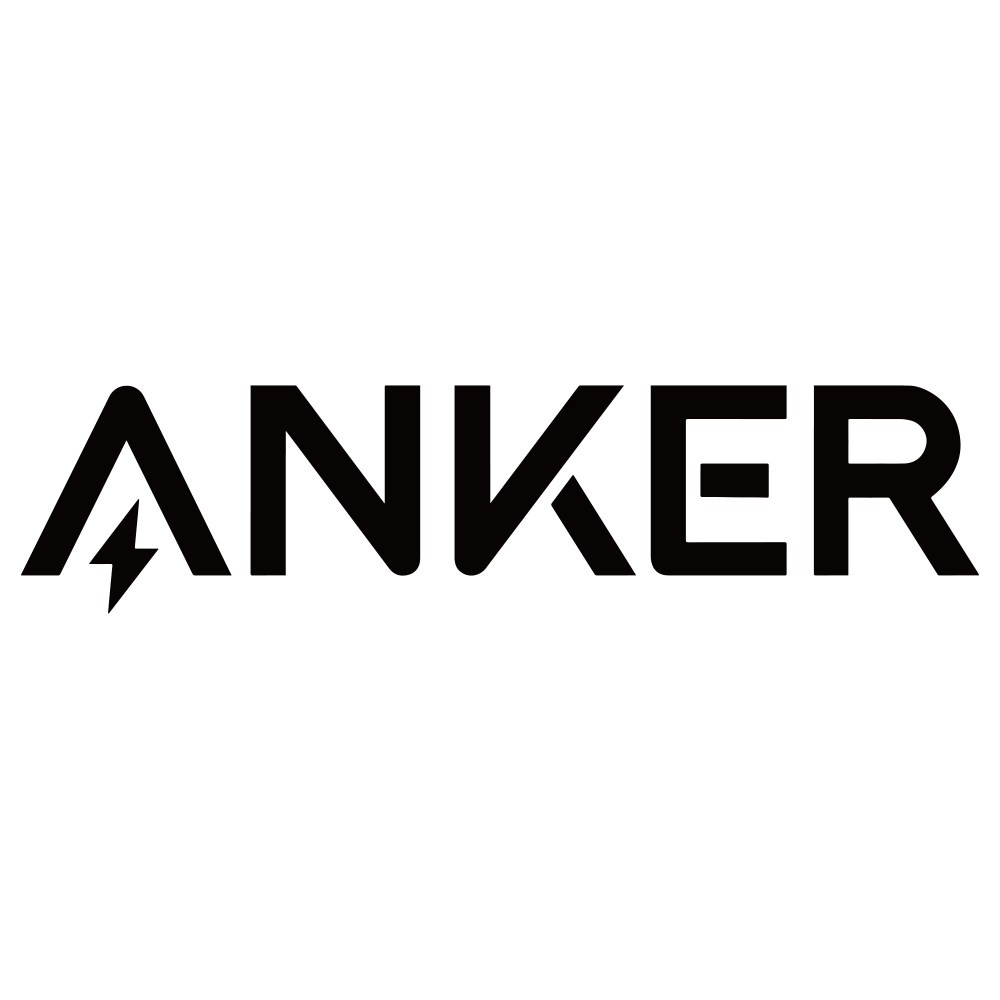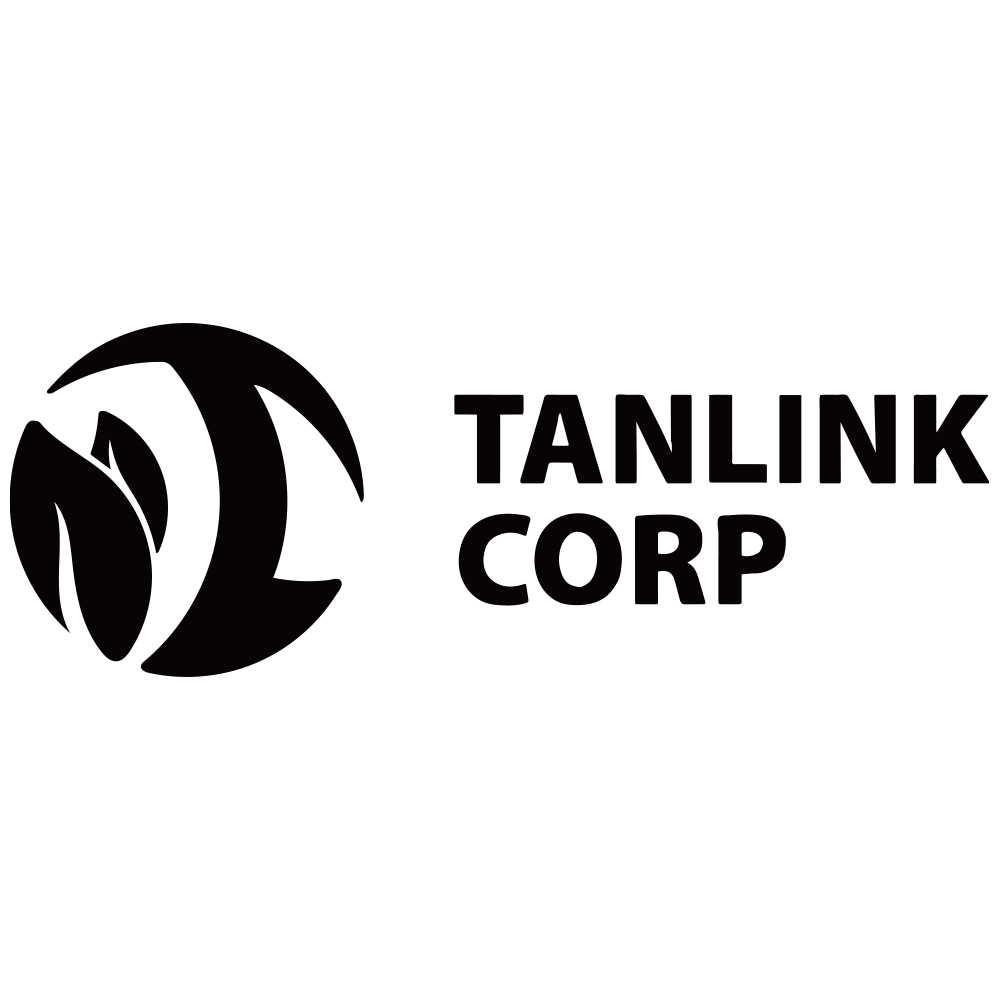Average handle time (AHT) is a key metric commonly used by many companies to measure service performance, particularly in call center solutions.
However, lots of businesses excessively emphasize the importance of AHT while ignoring other metrics, leading to a frustrating customer service experience. Then what’s a good AHT? Is there a standard to calculate AHT? How to optimize it for customer service? Now, let’s explore these questions together with Solvea.
What Is Average handle time (AHT)
Average handle time (AHT) is one of the Key Performance Indicators (KPIs) in call center or contact center metrics. It’s mainly used to measure the average length of time that agents take to handle customer service.
Traditionally, the standard average handling time is measured beginning from when the call begins. It includes total talk time, total hold time, and total wrap time, and divides the result by the total number of calls handled.
AHT plays an important role in monitoring agent efficiency and customer satisfaction. Usually, the faster your agent resolves a customer issue, the higher the agent's efficiency and the happier the customer might be.
Well, the average handling time is not the only point to improve customer experience. Other factors, like the first contact resolution rate, customer satisfaction (CSAT) score, and cost per resolution, can also affect the customer experience.
Why Is Average Handle Time So Important
The average handle time is so important because it provides an easy and direct way to measure customer interaction efficiency. It’s almost the first consideration for most businesses because the AHT affects the total wait time, which will further impact customer satisfaction.
So, calculating the average handling time benefits both businesses and customers. Let’s explore the key benefits of measuring AHT:
- Achieve Modern Customer Service Goals: Modern customer services require fast and instant assistance, especially in CCaaS, live chat, and chatbot platforms. Measuring the average handle time of agents can help track the resolution timeframe and find areas to improve customer experience.
- Reduce Operational Costs: It’s known that customer service costs are directly associated with labor time spent on handling calls. If the call center shows high AHT and spends a lot of money, you can take some strategies to improve efficiency and reduce costs.
- Find Areas for Improvement: AHT helps you track the time of each agent and the whole contact center takes on calls, offering data to analyze which area needs to be improved. For instance, if the average call time suddenly jumps, it may indicate that agents need more training.
- Monitor Customer Service Level: With the standard average duration, call centers will try their best to handle most calls quickly. A lower AHT can contribute to calls moving more quickly through the queue, boosting staff to handle more calls within service-level timeframes.
- Optimize Resources Distribution: Analyzing the historical AHT data can help your team forecast and redistribute resources, like staffing and agent training costs. For example, if your team has plenty of staff resources yet fails to hit goals, you need to reallocate the staff responsibilities and modify agent scheduling.
How to Calculate Average Handling Time
To calculate the average handling time of your call centers, you need to figure out what factors impact the AHT. The conventional AHT formulas include the following factors:
- Total talk time: The amount of time an agent spends speaking with a caller during the phone call, measured in seconds and minutes.
- Total hold time: The amount of time an agent puts a customer on hold during the call. For example, this may happen when an agent queries the previous orders for the customer.
- Wrap time: The amount of post-call time an agent spends performing the operation once the call ends, like adding notes in your CRM.
- Total number of calls: This refers to how many calls an agent handles in total.
Simply put, calculating AHT is to add up all the total time your agents take on calls, including talk time, hold time, and wrap time, then divide that time by the total number of calls. Like this:
AHT = (Talk Time + Hold Time + Wrap Time) / Total Number of Calls
To track the service performance, you can compare the individual agent AHT and the overall call center AHT.

AHT Calculator Example
Here’s an example of how to calculate the average time. Imagine this scenario: your team handles 200 calls in total, spends 1500 minutes talking, 600 minutes on holding, and 300 minutes of wrap time. Then your team’s average handling time is 12 minutes.
AHT: (1500 mins + 600 mins + 300 mins) / 200 calls= 12 mins
To quickly calculate average handling time, you can also choose a professional AHT calculator. You just need to enter these figures into the tool and click “Calculate”.
Tip: Make sure all the time numbers are in the same unit to get an accurate AHT. You can enter the times in seconds, minutes, or hours per calculation.
What’s a Good Average Handle Time
According to the survey from CMSWire, a leading community of Customer Experience & Service, a good average handling time is around 6 minutes. It makes agents balance the efficiency and quality of service while resolving customer issues without excessive delays.
Call Center Metric | Industry Standard |
Average Handle Time (AHT) | 6 minutes and 3 seconds |
First Contact Resolution (FCR) | 70% to 75% |
Average Speed of Answer (ASA) | 80% of calls within 20 seconds |
Net Promoter Score (NPS) | Above 20% |
Customer Satisfaction Score (CSAT) | 75% to 85% |
Call Abandonment Rate | 12% to 20% |
Occupancy Rate | 85% to 90% |
Agent Turnover Rate | 30% to 45% |
Service Level | 80% of calls answered in 20 seconds |
The average handling time can vary significantly across different industries. Here, we summarize the call center AHT standards used by some common industries:
- Technical support: 8 to 10 minutes
- Healthcare: 6 to 8 minutes
- Telecommunications: 5 to 7 minutes
- Insurance: 5 to 7 minutes
- Financial Services: 4 to 6 minutes
- Utilities: 4 to 6 minutes
- Delivery: 4 to 6 minutes
- Travel and hotel: 3 to 5 minutes
- Retail: 3 to 4 minutes
In fact, there is no single “Good” average handle time that works for all call centers. The optimal AHT may vary depending on different factors, such as the support channel, types of call center, agent performance, technical support, call types, etc. So, setting an AHT standard should combine various factors in reality.
How to Optimize AHT for Your Contact Center
As discussed above, there is no confirmed standard for AHT, but we can take some measures to optimize it for your contact center. Follow the 8 tips to reduce average handle time and improve your customer service performance.
Tip 1. Introduce an AI-assistant to Your Contact Center
Nowadays, AI-driven customer service has become mainstream for modern businesses. If a lot of support calls are making your AHT worse, it’s high time to introduce an AI agent like Solvea and Nextiva for your contact center.
Whether you are a mobile or desktop user, these AI agents can quickly assist you via Interactive Voice Response (IVR), significantly reducing the number of call interactions and AHT. Besides, some native AI-driven voice chats provide human-like responses to all kinds of inquiries, making customers feel comfortable during the call.
In a nutshell, using chatbots, AI agents, or other virtual assistants benefits your contact center in different aspects.
- Reduce average handling time
- Handle routing inquiries quickly
- Direct customers to the appropriate resources
- Pass tricky issues to live agents
- Share valuable customer information or resources
Tip 2. Ongoing and Specified Agent Training
If your agents only receive generic training from the beginning, it will impact the average handling time as time goes by. To improve contact center efficiency and productivity, offering ongoing and specified training for your agents is necessary and important.
Then, how do you train agents to optimize AHT? Here are several effective methods to help educate your customer service agents:
- Learn from past calls: Agents should analyze the past call recordings that affect the AHT, which helps them find better ways to improve communication efficiency.
- Learn from customer feedback: Agents can also learn from customer suggestions to deliver a better service experience. If a customer leaves feedback, don’t forget to share it with the corresponding agent.
- Schedule regular performance checks: To ensure the skills progress of agents, you need to keep track of agent performance and set new goals.
Tip 3. Insight AHT Data
The historical AHT data can help you identify the reasons causing inefficiencies at the source. After assessing efficiency and performance via AHT, your team can take appropriate measures. For example:
- Build new customer service strategies
- Reduce hold time
- Optimize talk time
- Increase first contact resolution rates
- Improve customer churn
- Create data benchmarks
Tip 4. Offer Self-Service Options and Automation Tools
The self-service options and automation tools make things easier for both customers and support agents, greatly reducing the average handling time. For customers, they can quickly find answers from internal knowledge bases without human assistance.
For agents, they can focus on resolving more complex issues and offering personalized services. The automated tools can also streamline the agent support process while maintaining service quality.
Tip 5. Track Agent Performance
Monitoring agent performance can help your team find the contact center’s strengths and weaknesses. Then, how do you track the performance? The standard may vary in different businesses, but a few key factors should be considered. Some of these are:
- Average hold time
- Exceeded wait time
- Missed calls
- Rejected calls
- Hung up while waiting in the queue
- Average time to answer
- Average idle time
Limitations of AHT
In most cases, a short average handling time reflects that the contact center is working efficiently. However, it doesn’t always mean that your call center is performing as well as it should. The more important thing is to balance high-quality service and efficiency.
However, it is not easy to strike the right balance. There are some other limitations of AHT. For instance:
- Improper AHT hurts quality: An improper AHT standard may push your agents to end calls quickly, ignoring the quality of service and customer experience.
- Inaccurate AHT misled decision: Sometimes, an inaccurate AHT can cause your business to make wrong decisions about agent training, staffing adjustments, and promotions.
- AHT affected by human mistakes: AHTs can be affected by human errors, which can skew the averages and cause a vicious cycle.
In Conclusion
Simply put, this blog post explores the Average Handle Time (AHT) from its definition, importance, calculating method, optimization, and limitations. Now, I believe you have a deep understanding of AHT in call centers. If you like this post, don’t hesitate to share it with your companions.
Average Handle Time FAQ
1.How to judge a good average handle time?
A good handle time (AHT) should strike a balance between speed and quality of customer service. The standard varies widely across different industries, but the aim is the same. Using the shortest durations resolves customer issues and boosts customer satisfaction.
2.What causes high AHT in call centers?
A high AHT may indicate that agents spend extra time resolving complex customer issues, which can be a good thing if the customer is satisfied. However, it may also reflect inefficient workflows, complex inquiries, or the need to train agents.
3.How to reduce AHT in call centers?
If the average handle time of your call center suddenly spikes, you can take the following methods to reduce it.
- Strengthen agent training
- Simplify the call handling process
- Record phone calls
- Consider using scripts
- Integrate an interactive voice response (IVR) system
- Get customer feedback
- Make a list of common questions
4.How to reduce the wrap-up time in a call center?
One of the most common ways to reduce wrap-up time is to ensure that your agents get good training. In addition, you should streamline processes or import new technology like Computer Telephony Integration (CTI). This integrates CRM systems, call routing optimization, and automating tasks.












